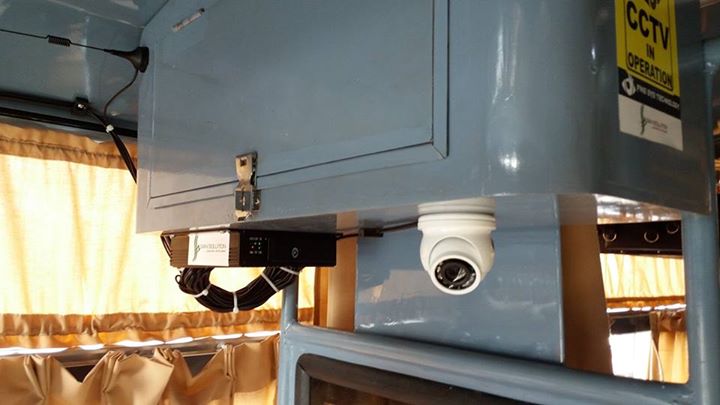Karnataka is set to achieve a significant milestone by becoming the pioneer state in India to introduce panic buttons in its state transport buses, specifically designed to cater to the safety needs of women during emergencies.

Source: TOI
This innovative initiative will be implemented on Karnataka State Road Transport Corporation (KSRTC) buses operating in the bustling vicinity of Bengaluru. As part of a comprehensive strategy to enhance women’s security, the corporation is set to deploy an array of measures, including closed circuit television cameras (CCTV) and GPS units, across a fleet of over 2,000 buses, thereby instilling a heightened sense of security for passengers traveling on state-run buses.
The transformational initiatives outlined above are poised to materialize into tangible improvements with the awaited allocation of funds from the Nirbhaya fund by the Central government to the Karnataka State Road Transport Corporation (KSRTC). An allocation of Rs 61.32 crore has been earnestly sought by the KSRTC to fortify and amplify the safety and security measures for women and young girls not only within the confines of buses but also extending to bus stands and the organizational premises of KSRTC.

Source: ABP News
Evidencing its commitment to this cause, KSRTC meticulously presented a comprehensive 21-page proposal to the Central authorities in early April. Within this well-crafted proposal lies the requisition for financial support to establish dedicated lounges exclusively catering to women at various bus stations, further accentuating the Corporation’s dedication to fostering a safer and more secure environment.
According to Rajender Kumar Kataria, the Managing Director of KSRTC, the introduction of a panic button feature in their buses will play a crucial role in enhancing passenger safety. In the event of an emergency, this panic button will promptly notify the central control room situated in the satellite bus stand.

Source: Anavadi
This quick response mechanism will enable control room personnel to promptly alert the nearest police station for immediate action. The proposal underscores the significance of this safety measure, especially considering the substantial workforce of around 13 lakh women employed in various sectors within a 60-kilometer radius of the city. Many of these women commute daily to workplaces such as garment units, malls, small-scale industries, IT companies, and government offices. A notable feature of this initiative is the installation of three CCTV cameras in each bus, contributing to a comprehensive effort to deter and address incidents of crime against women.



















































































